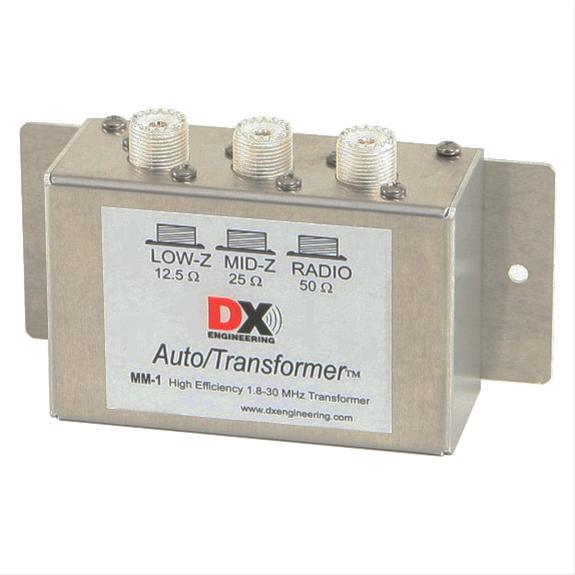Sounds like you have bonded your vehicle just fine.
Since you are considering the Little Tarheel, remember the HP model is rated for 500 watts and covers 6 thru 40 meters or 10 thru 60 meters with a cap hat while the Little Tarheel 2 covers 10 thru 80 but doesn't need any shunt coils or transformer boxes and it
can't be run with an amp. The 80 meter version uses thin wires for the inner coil and isn't really ideal for 80 meters anyway but it will get you there. This model has all the inductance in the inner coil so it doesn't need any matching which isn't a good thing except for plug and play guys who just want something easy that will work. The HP model is better for 40 meters and above.
If you recall, with the 17 ft. telescoping whip I can get 80 meters on the HP model when I'm stationary which is fine since I don't get on the band much anyway.
One last thing I will remind you of about the caphat is it is a rigid mast and one good hit can destroy your antenna and using a spring didn't work for me with the wind loading at highway speeds making it flop around too much.
Considering your mounting plans on your toolbox, I think you are good since the top of the antenna body will be just above the cab which is want you want anyway. The caphat kit from DX engineering has a 22 inch mast and on 40 meters, it will raise up another 4 1/2 inches more. So I would say with the caphat, it would be about 2 1/2 ft. above your cab on 10 meters and close to 3 ft. on 40 meters. Normal city driving shouldn't be a problem but garage parking and off roading thru the woods, you may want to put a quick disconnect on the cap hat mast.
Here is a link for the DX engineering cap hat system. This is the kit which contains all the parts necessary which is a little more than buying the Hub and rods and masts and other parts separately.
https://www.dxengineering.com/parts/dxe-hr-2p
The main reason why I chose Tarheel antennas is because not only are their antennas good, but they have the best selection of stainless steel mounts with all kinds of variations compared to the other screwdriver manufactures.
Take a look at their website and look at mounts and you will see all kinds of simple mast mounts, to lift and lay mounts in both manual and motorized versions. They are not cheap, but seem to be well made and designed.
Good luck on passing your General and I hope you do it soon!



